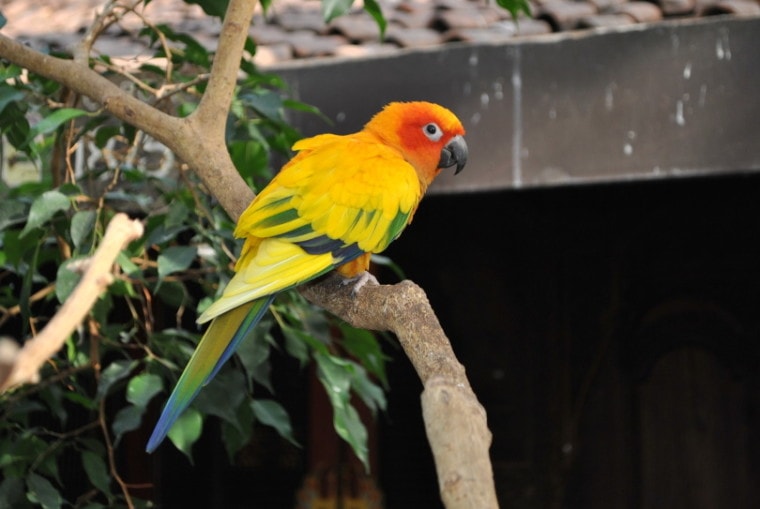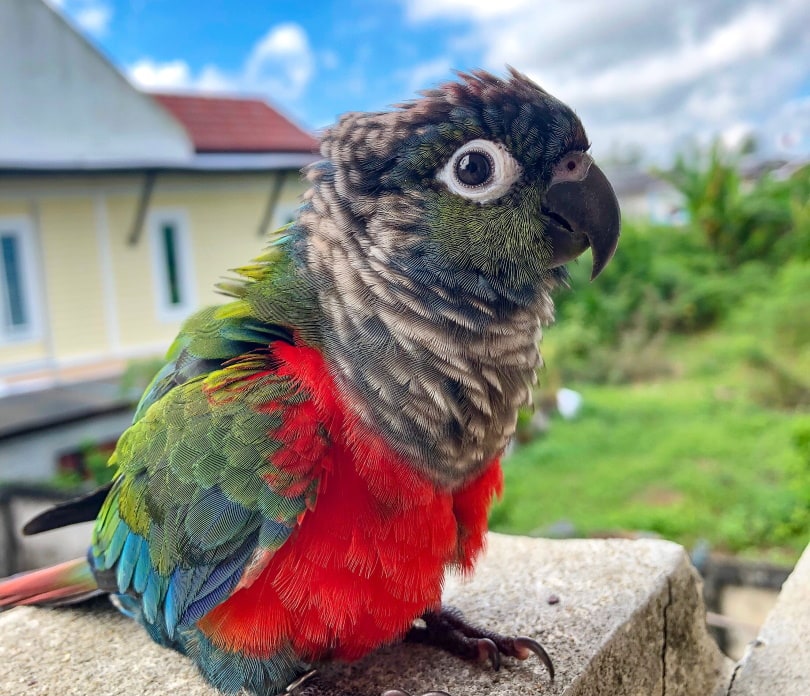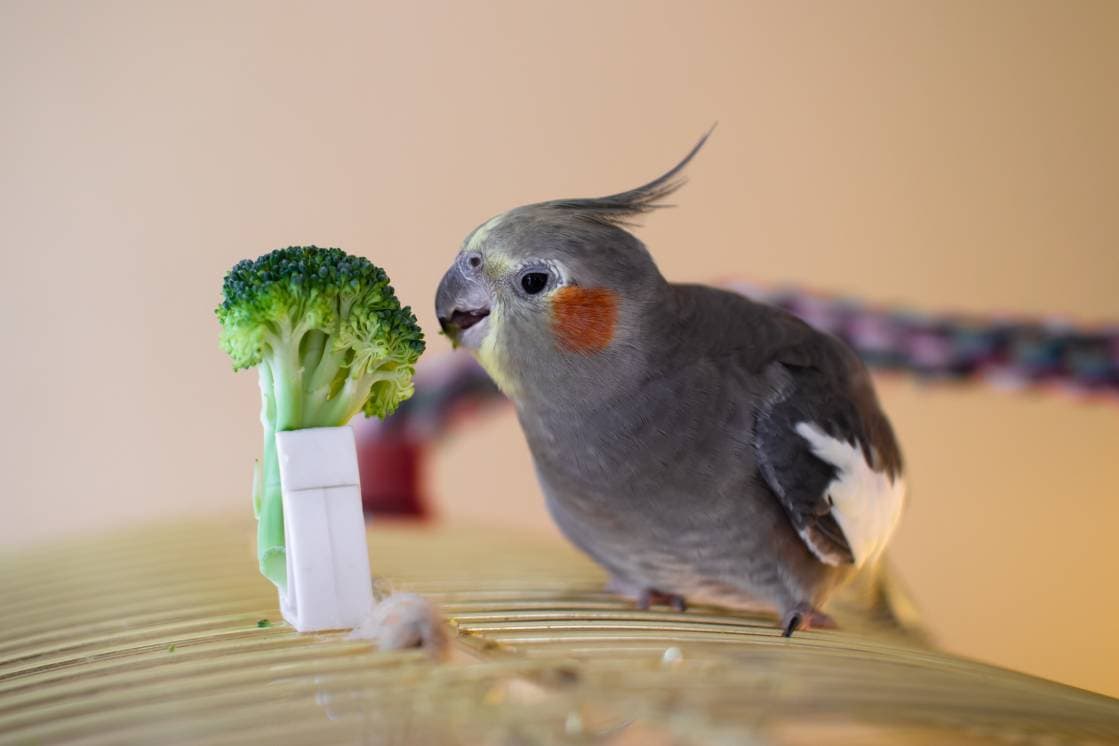
Conures are popular pet birds that are native to Central and South America. If you have a pet conure, you might be curious about whether your bird is a male or a female.
Unfortunately, all parrots referred to as conures lack sexual dimorphism. In other words, it is impossible to identify their gender by just looking at them. Instead, you want to look at mating behavior.
Read on to learn more about conures and how to tell them apart.

What Are Conures?
The term conure is sometimes used to refer to a group of small to medium-sized parrots that are native to Central and South America. But the use of the term is inconsistent. Some ornithologists may refer to many birds as conures, others prefer the term parrot or parakeet.
Parrot species often called conures don’t necessarily share the same natural habitat, diet, or scientific classification in text. This makes finding information about conures overwhelming and confusing. For example, some texts might refer to sun conures as sun parakeets. For a new pet bird owner, the confusion might become worse when they look at pictures of a bird labeled as a sun parakeet which closely resembles their pet conure.

How to Tell the Difference Between a Male and Female Conure
Parrots referred to as conures lack sexual dimorphism, meaning that they lack a distinct difference in size or appearance between males and females. In other words, there’s no way to tell whether your conure is a male or female by looking at their outward appearance.
Some evidence suggests there are minor differences among some male and female conures; however, none of these differences have been proven and aren’t considered reliable.
For example, some aviculture enthusiasts report female sun conures having shorter tails than males; however, this difference hasn’t been reliably noticed by owners of other conures. Other sources claim that male conures may appear brighter, but research has shown that plumage brightness in conures may be affected by their diet.
The best way to tell your conure’s gender is to observe them while they mate (if you have multiple birds). If you don’t have multiple birds, or if your birds are too young to mate, the only way to reliably identify their gender is by having a vet perform certain diagnostic tests on your bird.
Observe Gender Differences During Mating Season
Sometimes, you may get lucky and be able to tell your conures apart during their mating season.

Option Two: DNA Sexing
Despite the differences between female and male conures during the mating season, waiting on just the mating season is not a good or recommended way to sex your birds.
For starters, many conure species are slow to mature and often must be 2–3 years old before they mate. Second, having your parrots mate isn’t a decision you should make haphazardly and is a task that’s best left to professionals. Third, a bird kept as a lone pet may not show these signs.
Therefore, the best way of identifying your conure’s gender is to have your vet do it for you. There are reliable DNA tests your vet can perform to identify your conure’s gender. The most popular ones include feather sexing (which uses a few molted feathers) or a blood sample collection which can be used to identify your bird as either male or female.
Is It Important to Know My Conure’s Gender?
Under most circumstances, knowing your conure’s gender isn’t necessary. Your pet bird’s gender will not determine their personality, management, care, longevity, trainability, or sociability. Both male and female conures make excellent pets.
However, there are certain instances where knowing the gender of your conure may prove somewhat useful. These include the following:

Final Thoughts
Though both genders of conures make excellent pets, it is almost impossible to tell them apart outside of their mating season due to them not displaying any sexual dimorphism. The most reliable way to tell your bird’s gender is by having your vet perform a DNA test.
Featured Image Credit: Naypong Studio, Shutterstock








